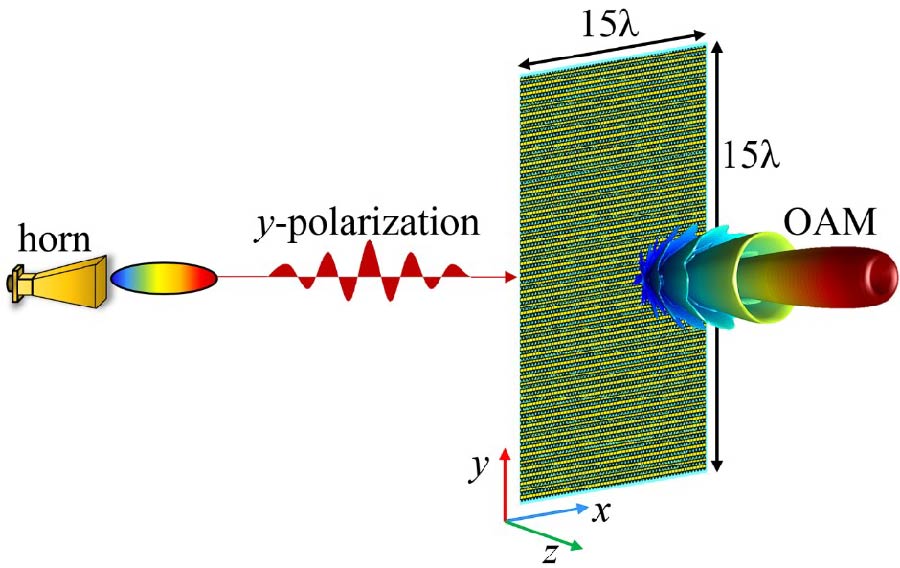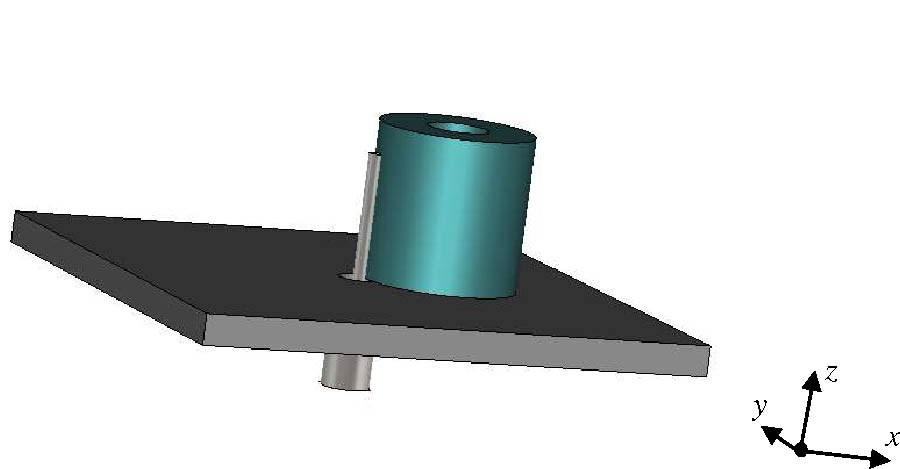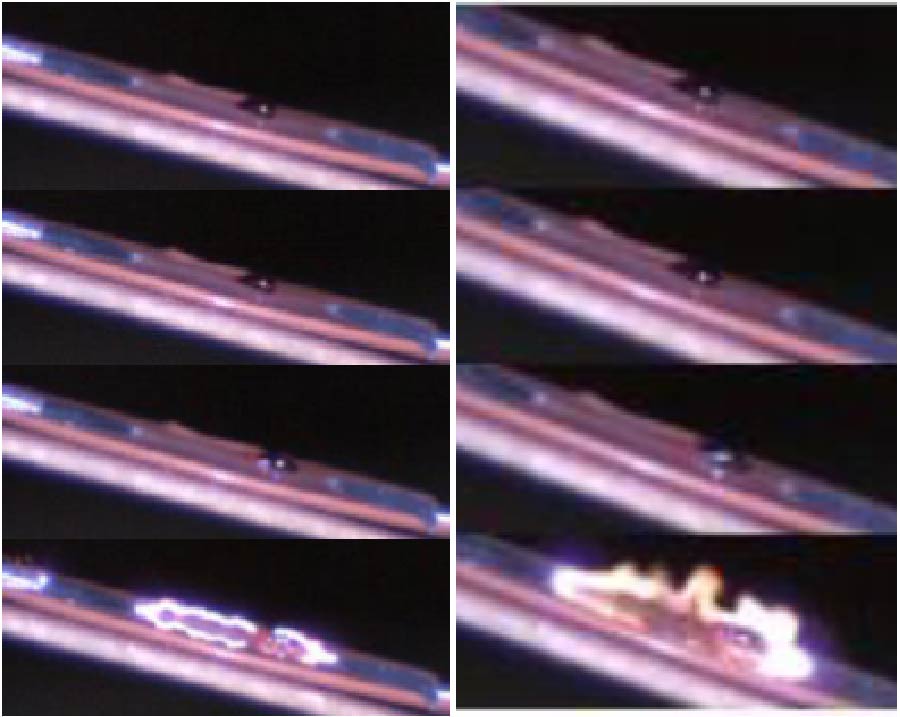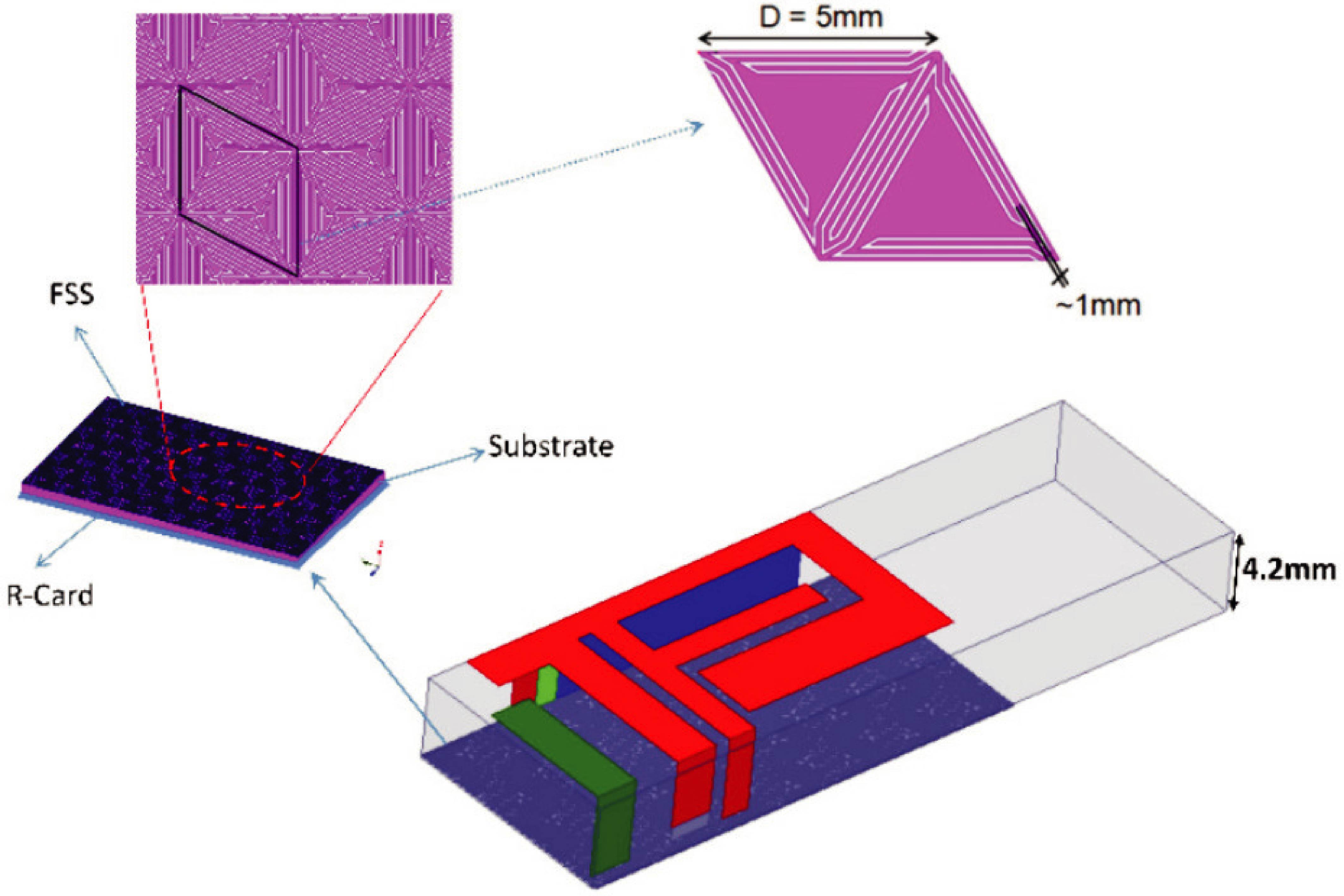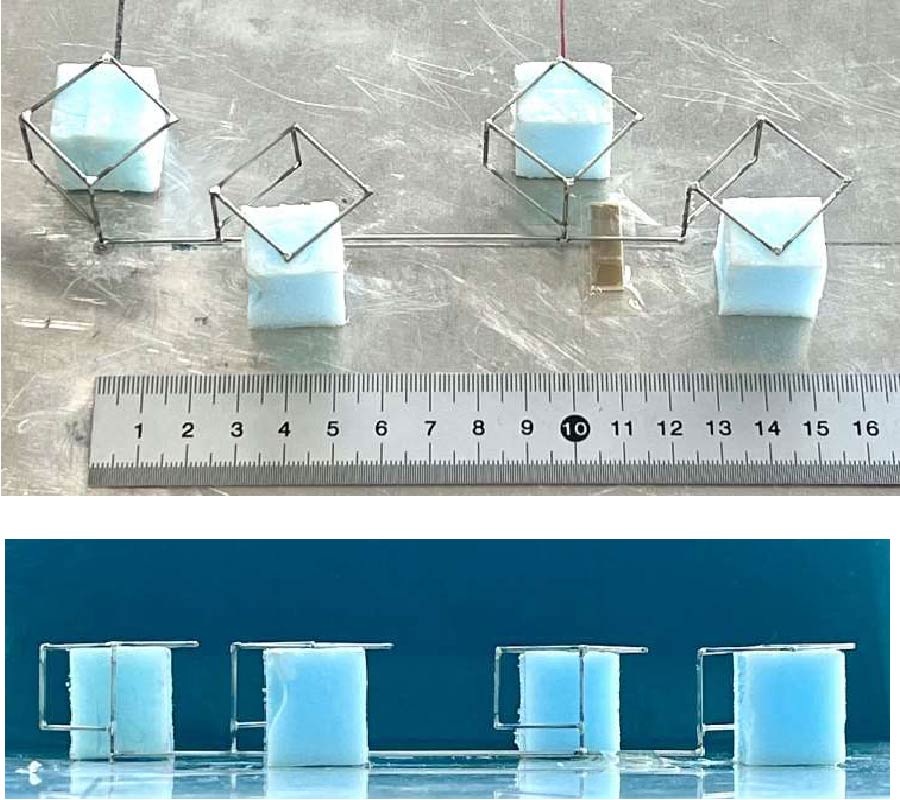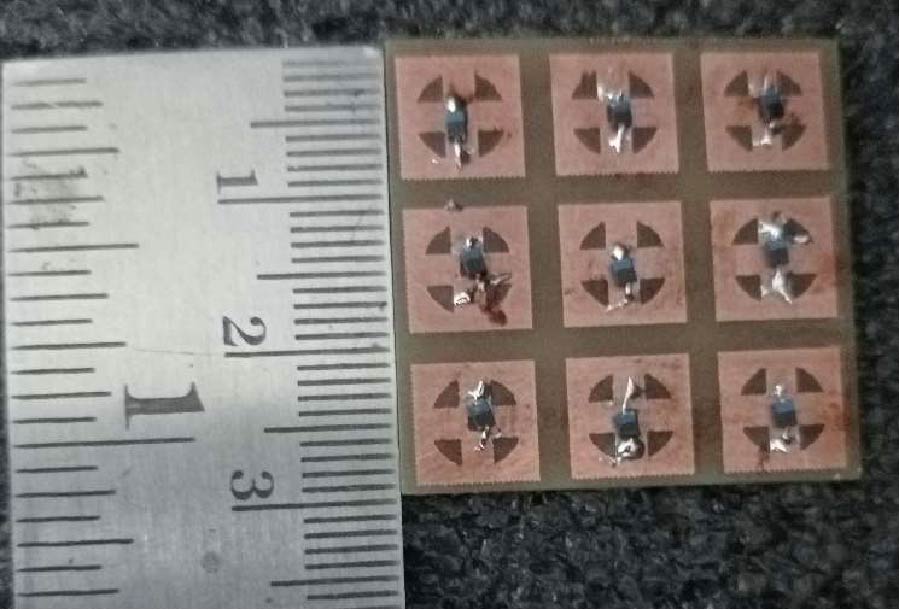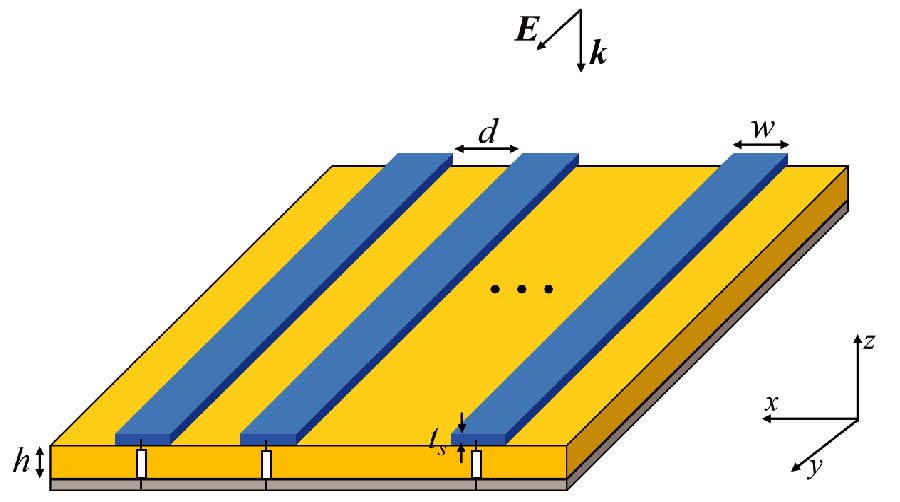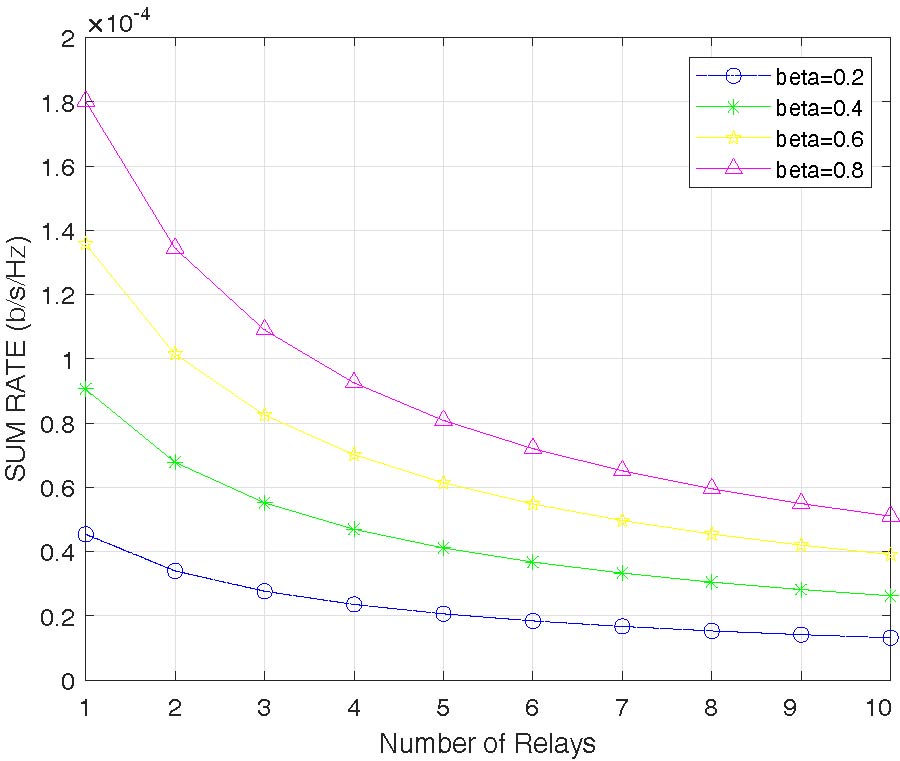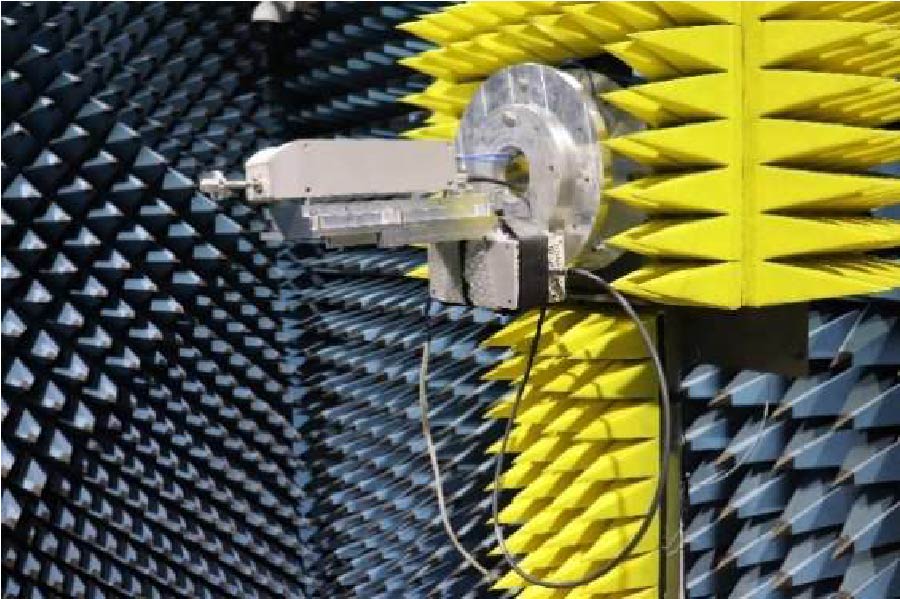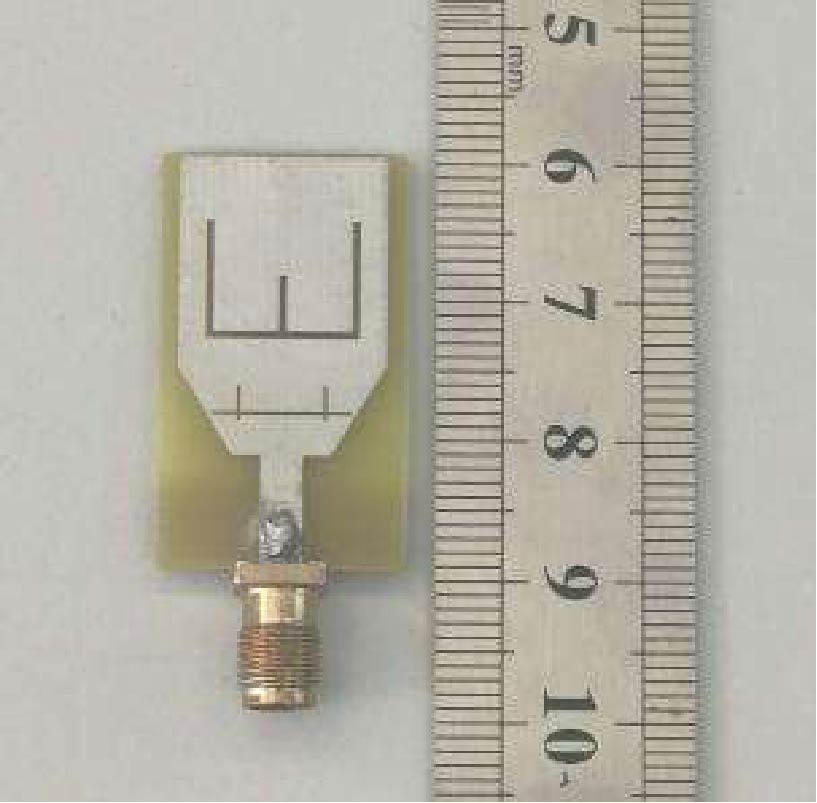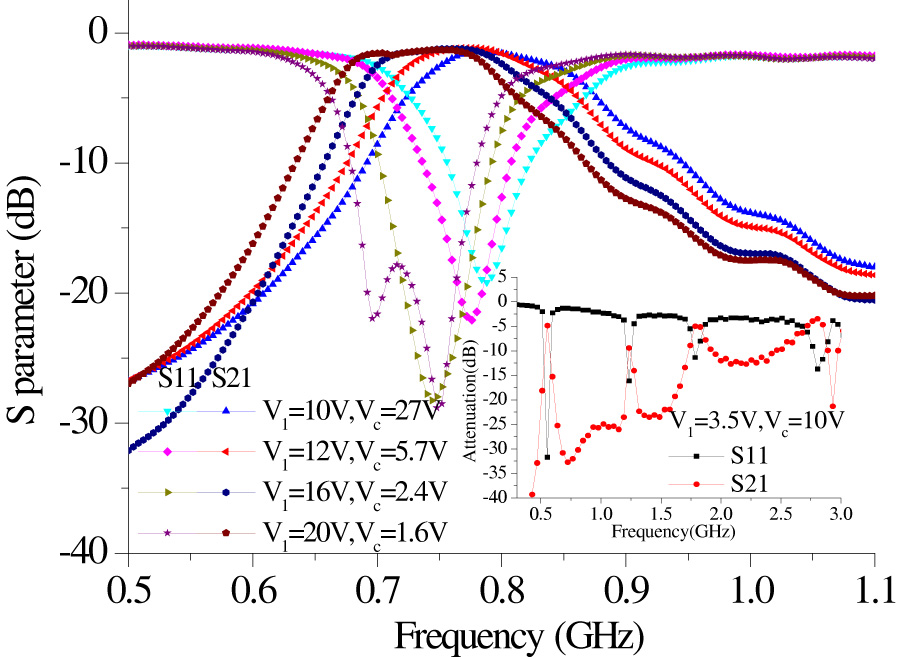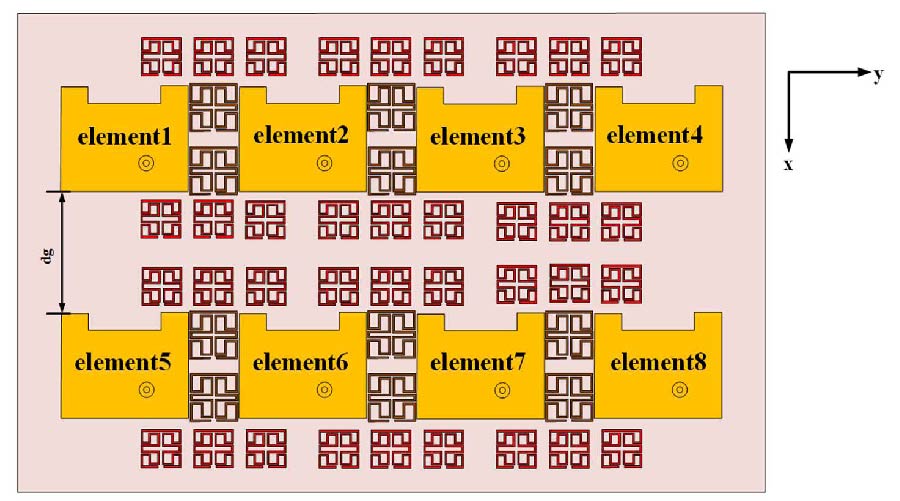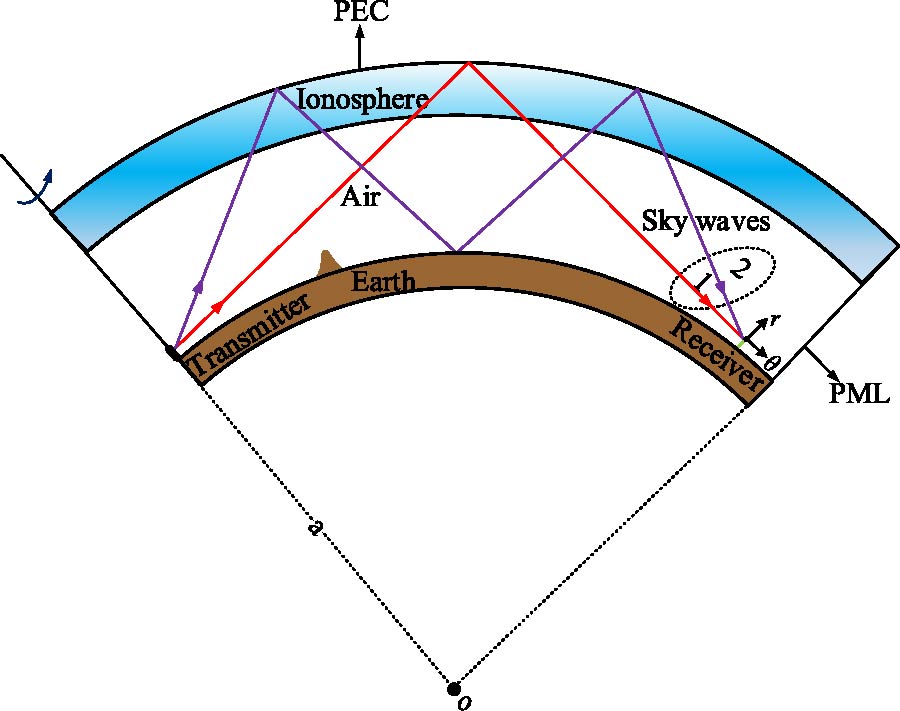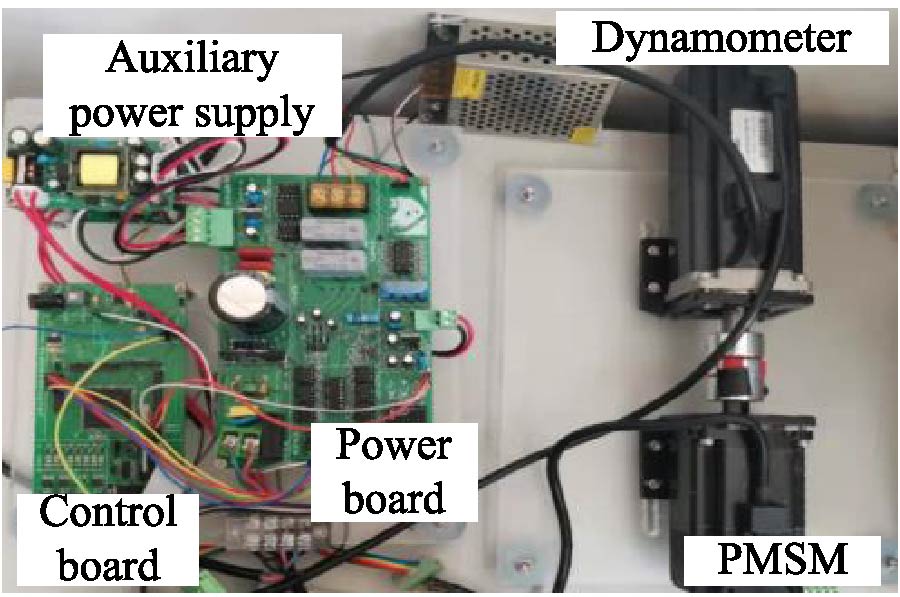A Freely Extendable Closely Packed Dual-Band MIMO Antenna for 5G Wireless Communication
Jinrong Su,
Beijin Lin,
Haipeng Dou and
Xinwei Chen
In this paper, a freely extendable dual-band multiple-input multiple-output (MIMO) antenna for 5G wireless communication is proposed. The highlight of the antenna is that the 2-port array can be freely extended by repeating the radiating elements and decoupling structure periodically. A 2-port MIMO antenna is proposed firstly. It consists of two dual-band radiating elements placed side by side with edge-to-edge spacing of 0.08λ0. Then, a novel multiple bent split ring (MBSR) metamaterial (MTM) unit is designed. By adjusting the size, two kinds of units with single negative characteristics at two resonance points are obtained. By arranging the MBSR-MTM units cleverly between the two elements, dual-frequency decoupling is realized. Simulated and experimental results indicate that the antenna can operate at frequencies of 2.57~2.62 GHz and 3.5~3.6 GHz with the highest isolation of 30.2 dB and 44.5 dB, respectively. Additionally, the envelope correlation coefficient (ECC) is much smaller than 0.05, implying good diversity performance. Furthermore, simulated and experimental results show that the 2-port antenna can be freely extended to multiple-port MIMO antenna without any modification, and the isolation between different ports remains high. The antenna has a compact structure, low profile, and high isolation, providing an excellent choice for 5G wireless communication.
